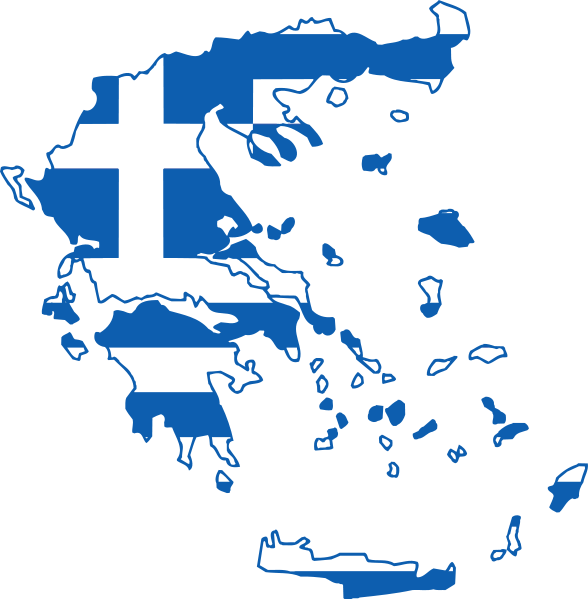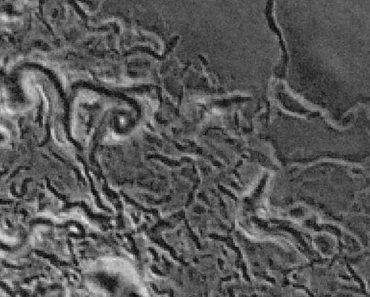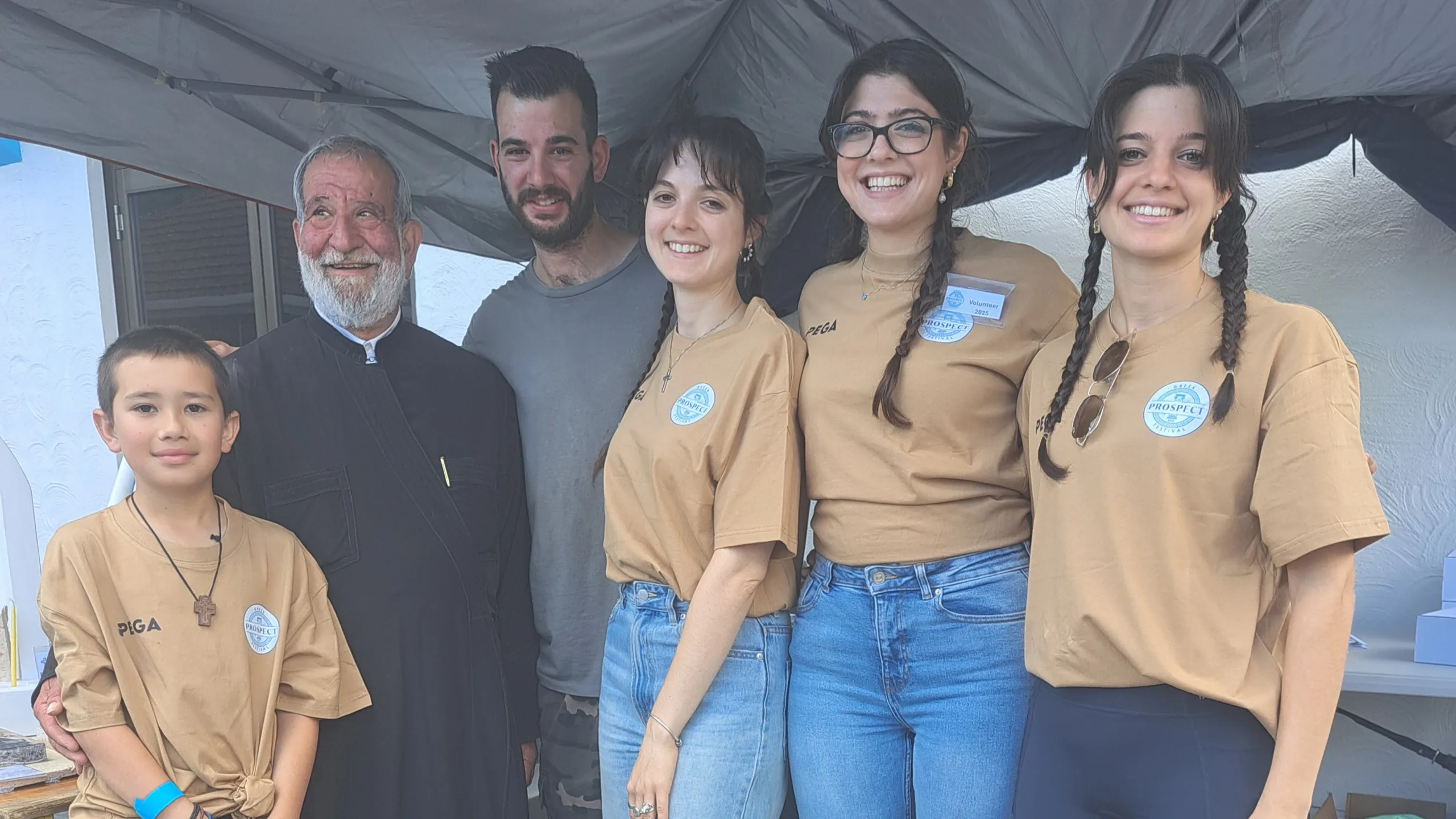NEWSROOM Greekcitytimes.GR | 09/02/2025 | 07:41
Dozens of seismic tremors were recorded throughout the night between Santorini and Amorgos. However, they were not as intense as the ones in previous days. The largest tremor measured 4.1 on the Richter scale, with another one occurring at 02:27, located 4 km west of Santorini and outside the main seismic cluster.
From midnight to 06:00, 40 tremors above 1.0 on the Richter scale were recorded in total, with most measuring between 3.0 and 3.8.
As seismic activity continues at a high rate, seismologists have decided to implement additional measures for the coming week, focusing on Santorini, Amorgos, Ios, and Anafi.
Santorini Earthquakes: Underwater Seismographs Deployed for Research
Meanwhile, experts are continuing their research into the phenomenon. If weather conditions permit, data collection using portable underwater seismographs is expected to begin this week.
“If the weather allows, we will have data from the portable underwater seismographs by Monday,” said Professor Evi Nomikou of the Geology and Oceanography Department at the University of Athens in an interview with SKAI.
“At the Committee, we mainly discussed the seismological aspect, but we also examined the geophysical data from the sea, analyzing all the tectonic zones around this active area. This is the region that is now generating these microseisms. As the public has noticed, we are placing more instruments, and fortunately, we are not only placing them on land. We are also placing instruments underwater. If the weather permits, we will deploy the portable underwater seismographs inside the Santorini Caldera by Monday. These will give us valuable data, which will be integrated with the land-based seismographs. This will allow us to analyze the seismic data more effectively and understand the mechanisms behind the phenomenon,” she explained.
The professor reiterated, “The seismic activity located northeast of Santorini is not linked to any volcanic eruption.” She also announced that foreign oceanographic vessels are expected to arrive in Greece in March to gather additional data, which will be shared with the Greek scientific community.
As she explained, the next step in the coming days will involve deploying an autonomous underwater vehicle equipped with special sensors, which will dive up to 500 meters. “It will make circles around the hydrothermal chimneys, collecting data from the water column before resurfacing to compare these results. This will happen on Wednesday or Thursday,” she added, noting that these actions are part of ongoing research that began when the crisis started on January 27.
Foreign Scientists Joining the Research Efforts
Additionally, the professor mentioned that foreign scientists will contribute to the ongoing underwater research in March.
“International oceanographic missions will join in March. We had an online meeting yesterday, where foreign scientists confirmed they would bring oceanographic vessels to gather more data to share with the Greek scientific community,” Professor Nomikou emphasized. She believes the situation will have calmed down by March.
“We won’t be in the same situation until March. However, we will continue to study this area because it is highly active. Santorini, for us, is like a supermarket for natural disasters; unfortunately, we’ve seen more events occurring in the sea than on land. The sea hides its secrets, and we must examine and analyze the data with particular care,” she concluded.







